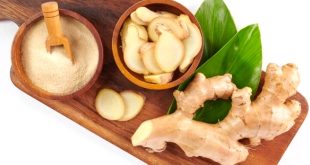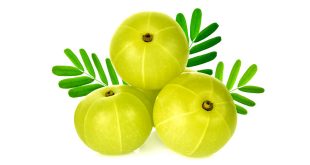Herbs for Cooking — The use of herbs in cooking has been in vogue since time immemorial. Herbs add flavour to the food and make the food more nutritious. Both fresh herbs and dried herbs can be used for cooking. A general guideline when using fresh herbs in a recipe is that fresh herbs should be used three times more than the dried herb. Unlike dried herbs, fresh herbs are usually added toward the end in cooked dishes to preserve their flavor. More delicate herbs like basil, chives, dill leaves, parsley, marjoram are added a minute or two before the end of cooking or sprinkled on the food before it is served.
Some of the major culinary herbs are:
- Anise (Pimpinella anisum)
- Basil (Ocimum basilicum)
- Chervil (Anthriscus cerefolium)
- Coriander (Coriandrum sativum)
- Cumin (Cuminum cyminum)
- Dill (Anethum graveolens)
- Summer savory (Satureja hortensis)
- Caraway (Carum carvi)
- Celery (Apium graveolens)
- Parsley plant (Petroselinum crispum)
- Chive (Allium schoenoprasum)
- Costmary (Chrysanthemum majus)
- Garlic (Allium sativum)
- Fennel (Foeniculum vulgare)
- Lemon balm (Melissa officinalis)
- Lovage (Levisticum officinale)
- Marjoram (Origanum marjorana)
- Spearmint (Mentha spicata)
- Peppermint (M. piperita)
- Rosemary (Rosmarinus officinalis),
- Sage (Salvia officinalis),
- Tarragon (Artemisia dracunculus)
- Thyme (Thymus vulgaris)
- Winter savory (Satureja montana)
 Kids Portal For Parents India Kids Network
Kids Portal For Parents India Kids Network





